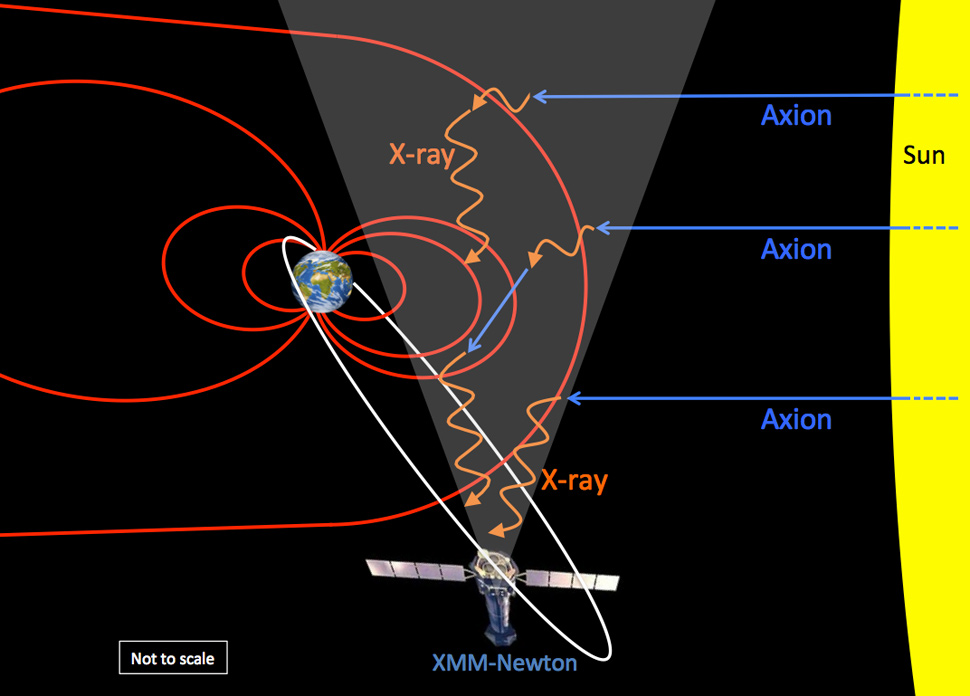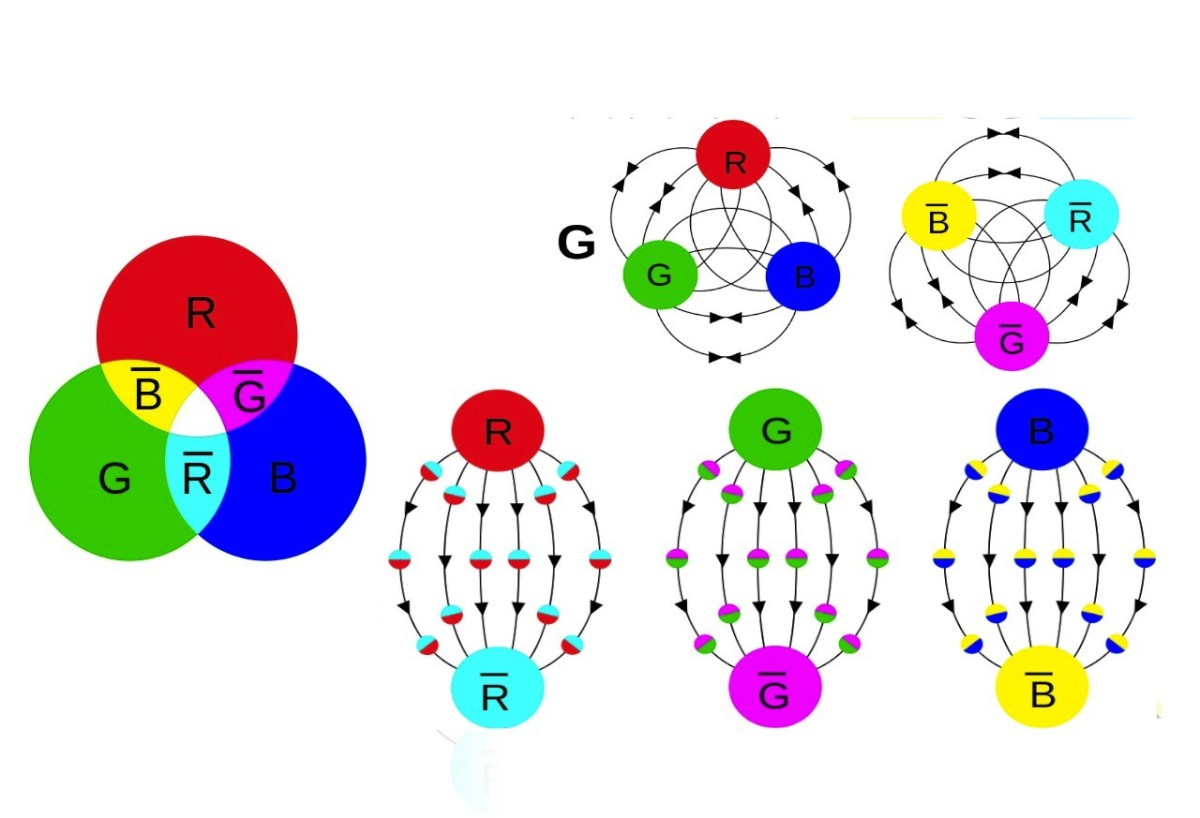Axions: A Breakthrough in Dark Matter Research
Axions are gaining significant attention in the field of particle physics as a leading candidate for dark matter. Although never directly observed, these elusive particles are hypothesized to solve some of the most challenging mysteries surrounding the universe, particularly its mass composition. Recent groundbreaking experiments have opened up exciting possibilities for detecting axions through the utilization of axion quasiparticles, thus providing a potential pathway to confirming their existence. Scientists have employed advanced materials such as manganese bismuth telluride to build a platform that effectively nurtures these quasiparticles, enhancing our understanding of dark matter. As we continue to dive into the realm of quantum technologies, the implications of axions extend far beyond mere theoretical constructs, promising revolutionary advancements in science and technology.
In the quest to unravel the mysteries of the universe, researchers are increasingly focusing on hypothetical particles known as axions. These minuscule entities could play a crucial role in explaining dark matter—a mysterious substance that accounts for a significant portion of the universe’s mass. Current studies emphasize the use of simulations, referred to as axion quasiparticles, which help scientists explore their potential interactions. By leveraging innovative materials like manganese bismuth telluride, experts aim to create ideal conditions for investigating these quasiparticles further. This interdisciplinary approach not only enhances our understanding of fundamental physics but also paves the way for new advancements in quantum technologies.
Understanding Axions and Dark Matter
Axions are a proposed class of elementary particles theorized to solve the mystery of dark matter, a substance that makes up about 85% of the universe’s mass. Their existence was first hypothesized in the 1970s and has since become a leading explanation for dark matter’s elusive nature. In particle physics, dark matter is deemed essential for explaining galactic formation and movement, but has yet to be directly observed. Researchers have long speculated that axions could serve as a foundational building block to help bridge the gaps in our understanding of the cosmic landscape.
The pursuit of confirming axions is not merely an academic exercise but a fundamental search for knowledge that draws on principles from both particle physics and cosmology. Scientists are now utilizing advanced techniques, such as ultrafast laser optics, to hunt these mysterious particles. Recent experiments indicate that discovering the existence of axions could provide insights not only into dark matter but also into the fundamental laws that govern our universe.
Frequently Asked Questions
What are axions and why are they important in dark matter research?
Axions are hypothetical elementary particles proposed as a solution to one of the biggest mysteries in particle physics: the nature of dark matter. They are considered a leading candidate for dark matter, which constitutes most of the universe’s mass. Confirming their existence could provide critical insights into the composition and history of the universe.
How do researchers study axion quasiparticles to detect dark matter?
Researchers study axion quasiparticles by utilizing sophisticated materials like manganese bismuth telluride. This material, with its unique electronic properties, is engineered into a 2D crystal structure that allows scientists to coax axion quasiparticles into revealing their dynamic behavior. These quasiparticles act as detectors for actual axion particles, facilitating the search for dark matter.
What role does manganese bismuth telluride play in axion research?
Manganese bismuth telluride is a key material used in axion research due to its exceptional electronic and magnetic properties. By crafting this material into a specific structure, researchers create an environment ideal for nurturing axion quasiparticles, which are essential for detecting potential dark matter axions.
Can axion quasiparticles be harnessed for quantum technologies?
Yes, axion quasiparticles hold significant promise for advancing quantum technologies. The demonstration of their coherent behavior and intricate dynamics opens up new avenues for applications, such as axion polaritons, which represent innovative forms of light-matter interaction that could lead to novel optical devices.
What experimental techniques are used to study axions?
Researchers employ advanced techniques such as ultrafast laser optics and precision nano-fabrication to study axions and their quasiparticles. These methods allow for the observation of axion quasiparticle dynamics, transforming abstract theories about axions into measurable phenomena.
What was the breakthrough reported by researchers regarding axions?
The recent breakthrough involves a method to confirm the existence of axions by demonstrating the behavior of axion quasiparticles in a meticulously crafted manganese bismuth telluride environment. This advancement signals a significant step closer to detecting dark matter and understanding its role in the cosmos.
How could axion research lead to dark matter detection in the future?
Axion research could lead to dark matter detection by tuning into specific radio frequencies emitted by axion particles. Researchers believe that by leveraging axion quasiparticles, they can develop technologies capable of capturing elusive dark matter signals, potentially leading to significant discoveries in the next 15 years.
| Key Points | Details |
|---|---|
| Researchers investigate axions | A leading candidate for dark matter. |
| Significant findings | Groundbreaking experiments utilizing quasiparticles to hunt axions. |
| Experimental Leadership | Led by Jian-Xiang Qiu from Harvard and Suyang Xu as senior co-author. |
| Research Material | Utilized manganese bismuth telluride for its unique properties. |
| Reaction Detection | Detection of axion quasiparticles indicates potential dark matter detection. |
| Future Implications | Research set to aid in discovering dark matter within 15 years. |
Summary
Axions are gaining attention as potential explanations for dark matter, the elusive substance constituting a significant portion of the universe. Recent research has made strides in confirming the existence of axions through innovative experiments. By utilizing quasiparticles and advanced materials like manganese bismuth telluride, researchers are paving the way for more precise detection methods. This positions axions not only as theoretical entities but as practical avenues for unlocking some of the deepest mysteries of cosmology and particle physics.

